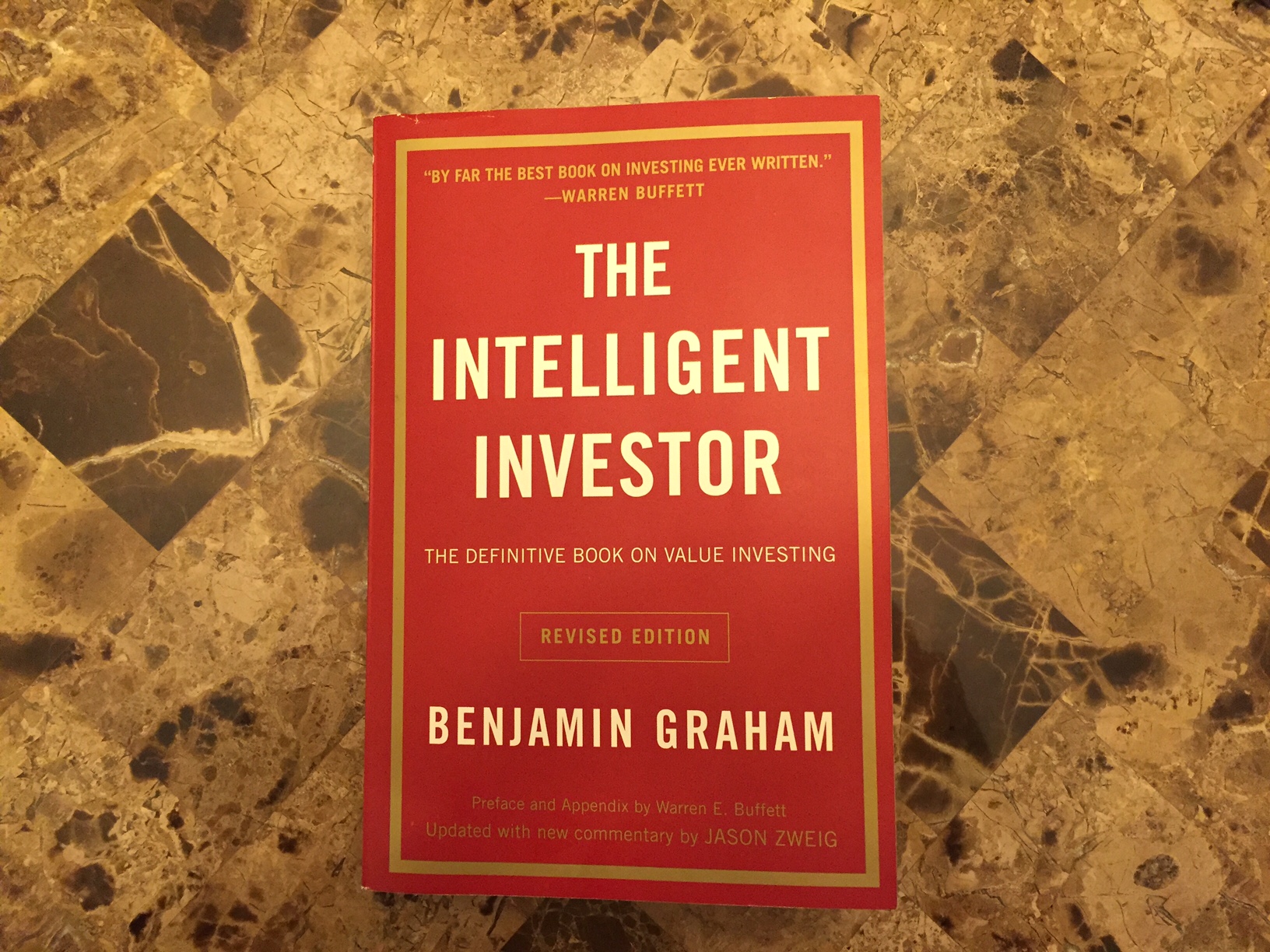Diversification is one of the key principles of portfolio management. It can reduce idiosyncratic risks of individual stocks or sectors and can give a smoother performance trajectory, or as financial analysts prefer to say, a “superior risk-adjusted return” over time. Everyone sees the wisdom of not putting all your eggs in one basket, but the reality is that diversification can sometimes be frustrating, too.
Being diversified means holding many different types of investments: stocks and bonds, domestic and international stocks, large cap and small cap, traditional and alternative assets. Not all of those assets are going to perform well at the same time. This leads to a behavioral phenomenon called Tracking Error Regret, which some investors may be feeling today.
When their portfolio lags a popular benchmark, such as the Dow Jones Industrials or the S&P 500, Investors often regret being diversified and think that they should get out of their poorly performing funds and concentrate in those funds which have done better. (Learn about the benchmarks we use here.)
It’s understandable to want to boost performance, but we have to remember that past performance is no guarantee of future results. Many people receive a snapshot from their 401(k) listing their available funds with columns showing annualized performance. Consider these two funds:
| 3-year | 5-year | 10-year | Expense Ratio | |
| S&P 500 ETF (SPY) | 11.10% | 13.55% | 6.88% | 0.10% |
| Emerging Markets ETF (VWO) | 2.83% | -0.07% | 2.24% | 0.15% |
Source: Morningstar, as of 2/06/2017
Looking at the performance, there is a clear hands-down winner, right? And if you have owned the Emerging Markets fund, wouldn’t you want to switch to the “better” fund?
These types of charts are so dangerous to investors because they reinforce Performance Chasing and for diversified investors, cause Tracking Error Regret. Instead of looking backwards at what worked over the past 10 years, let’s look at the Fundamentals, at how much these stocks cost today. The same two funds:
| Price/Earnings | Price/Book | Dividend Yield | Cash Flow Growth | |
| S&P 500 ETF (SPY) | 18.66 | 2.65 | 2.21% | 0.33% |
| Emerging Markets ETF (VWO) | 12.34 | 1.51 | 3.37% | 5.09% |
Now this chart tells a very different story. Emerging Market Stocks (EM) cost about one-third less than US stocks, based on earnings or book value. EM has a 50% higher dividend yield and these companies are growing their cash flow by 5% a year, versus only 0.33% a year for US companies.
I look at the fundamentals when determining portfolio weightings, not past performance. If you only looked at the performance chart, you’d miss seeing that EM stocks are cheap today and US stocks are more expensive. That is no guarantee that EM will beat the S&P 500 over the next 12 months, but it is a pretty good reason to stay diversified and not think that today’s winners are bound to continue their streak forever.
Performance chasing often means buying something which has become expensive, frequently near the top. That’s why I almost never recommend sector funds or single country funds (think Biotech or Korea); the investment decision is too often based on recent performance and those types of funds tend to make us less diversified rather than more diversified.
Staying diversified means that you will own some positions which are not performing as well as others in your portfolio. When the S&P 500 is having a great year, a diversified portfolio often lags that benchmark. But, when the S&P 500 is down 37% like it was in 2008, you may be glad that you own some bonds and other assets.
We use broadly diversified ETFs and mutual funds, with a willingness to rebalance and buy those positions when they are down. We have a value bent to our weightings and are willing to own assets like Emerging Markets, even if they haven’t been among the top performers in recent years. Staying diversified and focusing on the long-term plan means that you have to ignore Tracking Error Regret and Performance Chasing. Just remember that you can’t drive a car forward by looking in the rear-view mirror.













